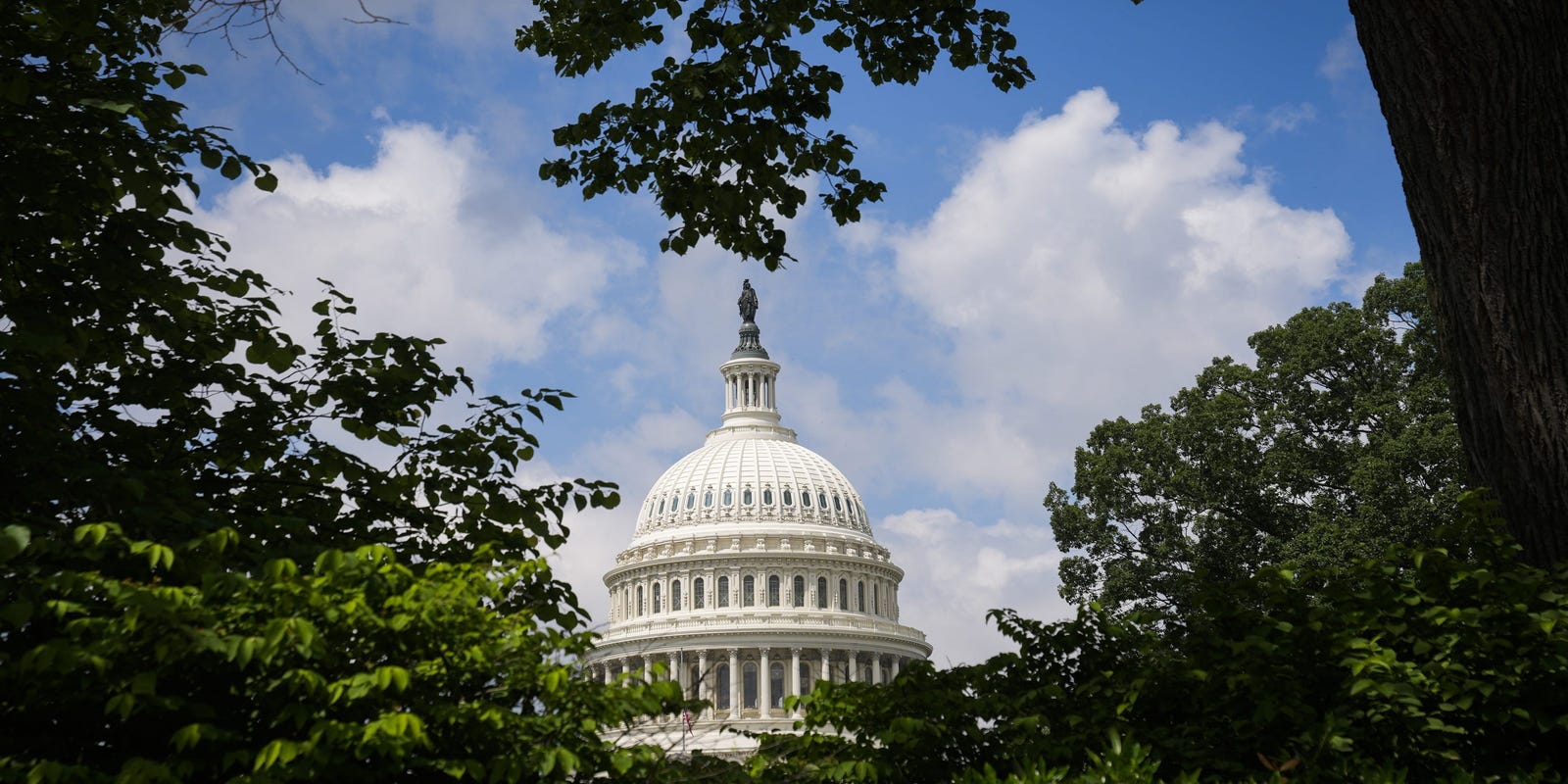
Moody’s Investors Service announced a downgrade of the United States’ long-term credit rating from Aaa to Aa1—the second-highest rating on its scale—citing growing concerns over the federal government’s fiscal trajectory and increasing debt burden. This move now leaves the U.S. without a top credit rating from any of the three major rating agencies, as both Fitch Ratings and S&P Global have already issued similar downgrades in previous years.
According to Moody’s, the downgrade reflects “expectations that the U.S. will face rising debt during a period of high interest rates and political polarization, which reduces the government’s ability to effectively manage its finances and implement long-term solutions.” The agency cited rising deficits and a lack of meaningful fiscal reform as contributing factors to the reduced creditworthiness.
Moody’s downgrade comes amid mounting federal debt that has surpassed $34 trillion, alongside projections of continued budget deficits. Analysts warn that this trend could threaten economic stability and investor confidence in U.S. Treasury securities if not contained.
While the downgrade does not immediately raise borrowing costs for the government, it may signal growing concerns to investors and policymakers about the country’s fiscal outlook. However, Moody’s maintained a “stable” outlook for the rating, suggesting no immediate plans for further downgrades as long as current conditions do not deteriorate significantly.
The Biden administration and Congress have faced ongoing debates over federal spending, the national debt ceiling, and measures to control deficits. Economists suggest that unless bipartisan action is taken to address structural budgetary challenges, the U.S. could face further pressure on its financial credibility.
Despite the downgrade, U.S. Treasuries are still viewed globally as a safe haven for investors, largely because of the country’s unmatched economic scale and the dollar’s role as the world’s reserve currency. Still, Moody’s decision underscores the importance of long-term fiscal reform to maintain global confidence in America’s economic stewardship.
Source: https:// – Courtesy of the original publisher.








